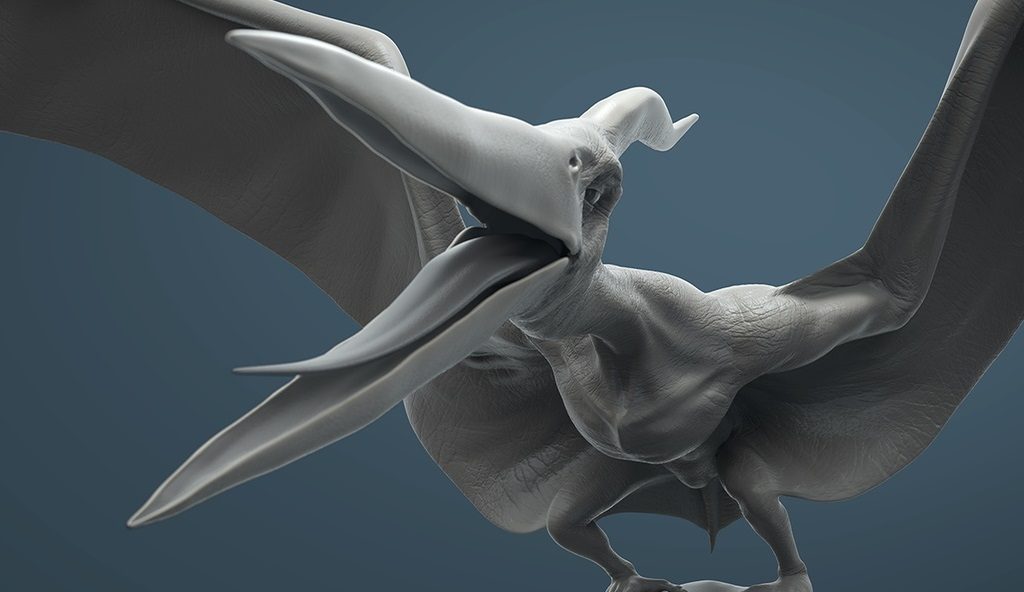
You can Subdivide the NURBS object by right-clicking on it in Edit Mode. You can grab any of your control points with G and move them anywhere in 3D space you can also Scale or Rotate the curve or any smaller part of it. There are several ways that you may proceed from this point: What else can you do with NURBS in Blender? If you've got a good idea and a plan, you can use them to make pretty much anything. This won't impact the number of control points that you have at your disposal, however-it's just used to increase or decrease the number of subdivisions breaking up the NURBS object itself. Under Object Data Properties in the Properties panel, you can also dial into your curve or surface Resolution settings. This parameter pulls and pushes on the procession of points making up the curve, depending on how close they are to each weighted vertex, piling up and stretching out accordingly. One handy trick for flattening your NURBS surface: select every control point, and use the Scale tool to scale everything's Z axis down to zero while leaving everything else as-is using the Adjust Last Operation panel in the bottom left-hand corner.Īside from the placement of each control point, you can also adjust them by Weight-the W field in the vertex's Control Panel settings. NURBS curves created under the Curves dropdown will need to be simplified into a polygon mesh before you'll be able to continue. You can use either as long as you know what you're going for and how both function within the program.Īt this level, the most noticeable distinction will be the difference when you create surface geometry out of a few NURBS objects. Essentially, a NURBS curve becomes a NURBS surface by definition whenever it is extended beyond itself.ĭepending on whether you're using a NURBS curve or surface object, your results may vary. While both subsets are generated using the same principles, they actually behave very differently within the program-NURBS curves only have one single interpolation axis per point, whereas NURBS surfaces use two, no matter which one you choose. NURBS Curve, NURBS Circle, NURBS Surface, NURBS Cylinder, NURBS Sphere, and NURBS Torus under Surface.NURBS Curve and NURBS Circle under Curve.You've got a few NURBS options in the Object Mode's Add dropdown:

If you want to study and start to model in Blender with precision, those are the tools I always use to model in Blender.To begin, hop into Blender.

Use the Grid lines: And the last one, use the CTRL and SHIFT keys to make transformations snap to the grid lines.This is very useful to check the measurements of a model. Always turn on the edge lengths: At the Editing panel we can turn on the display of edge lengths, for selected meshs.
#Blender 3d modeler how to#
Change and manipulate the center of objects: Since the snap tool use a lot the center of the objects to place them, it`s quite important to know how to change the position of the center.There is the vertex snap too, which is useful as well. What part of the object will be used to make the alignment? His center. With a snapping option like “ Selection -> Cursor” the object will jump to the position of the 3D Cursor. For instance, we can place the 3D Cursor at the center of a plane, which could be the floor of a scene, and select a chair model. Use the 3D Cursor and the Snap tool: The snap tool can deal with selected objects, 3d Cursor and the center of objects.The best way to work with the 3D Cursor is use the snap tool.

With the 3D cursor we can move and place objects exactly where we want, like above a face or aligned with a specific vertex.

That's why I decide to make a small list of things you can do to model with precision in Blender. I know architects do like measurements and are concerned about the dimensions of their models. But, it doesn`t mean you can use a few tips and tools to create models with precision. It will never have precision tools as good as AutoCAD, just like other 3d suites like 3ds Max or Maya. This is a common question I always have to answer about Blender How to model with precision in Blender? Well, first of all we have to realize that Blender is a visualization and animation tool, not a CAD system like AutoCAD or ArchiCAD. Tips for precision modeling with Blender 3D


 0 kommentar(er)
0 kommentar(er)
